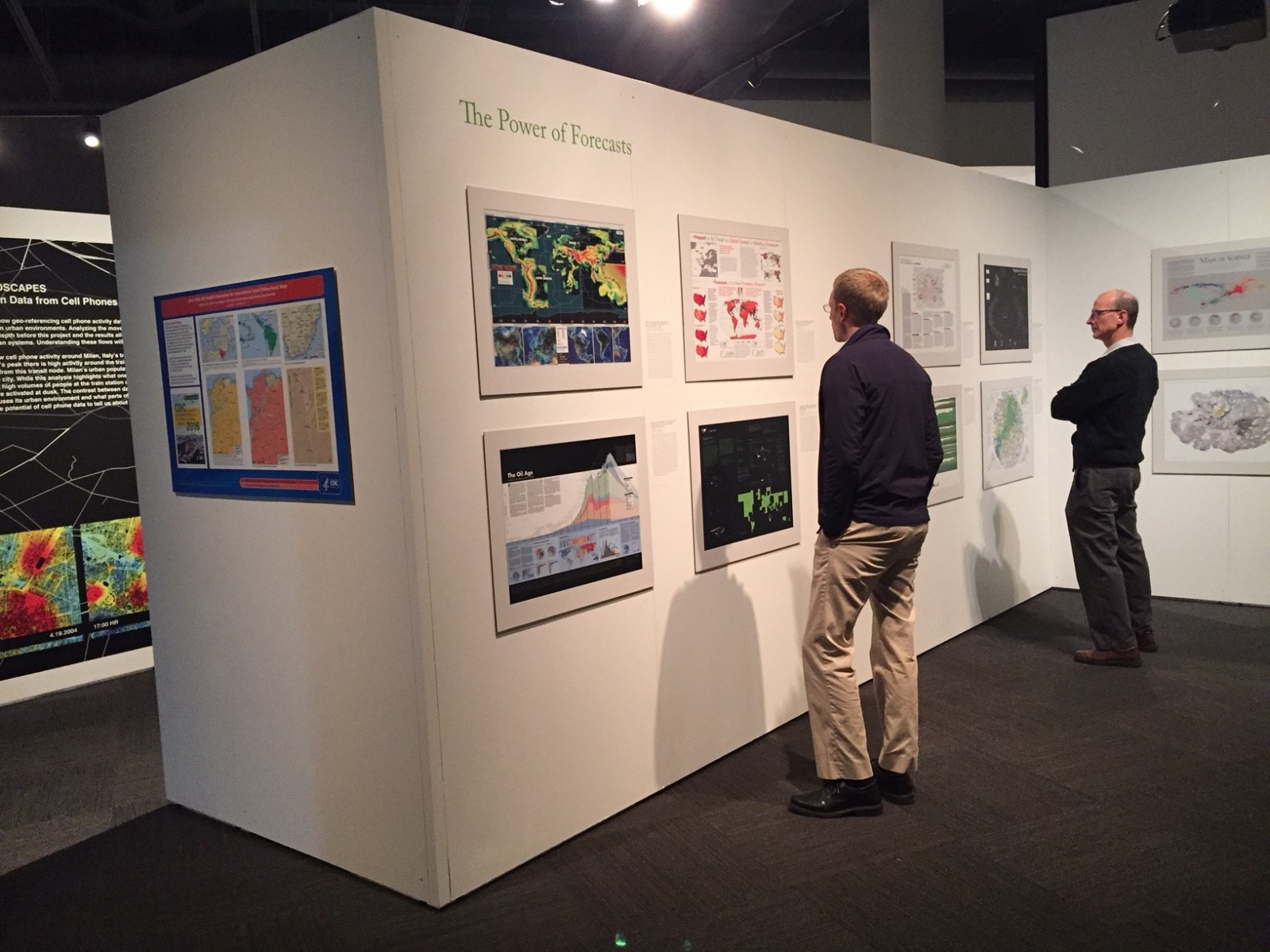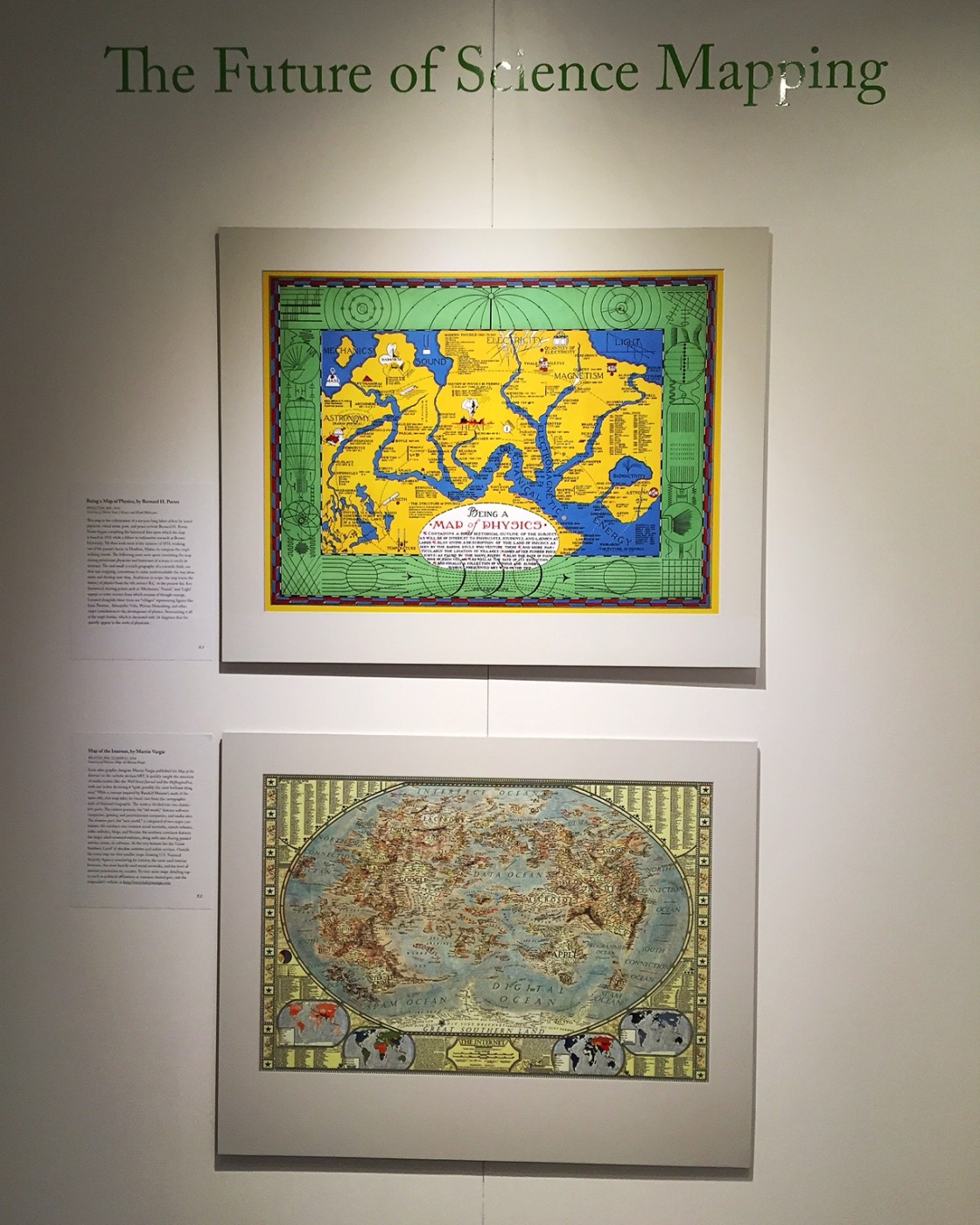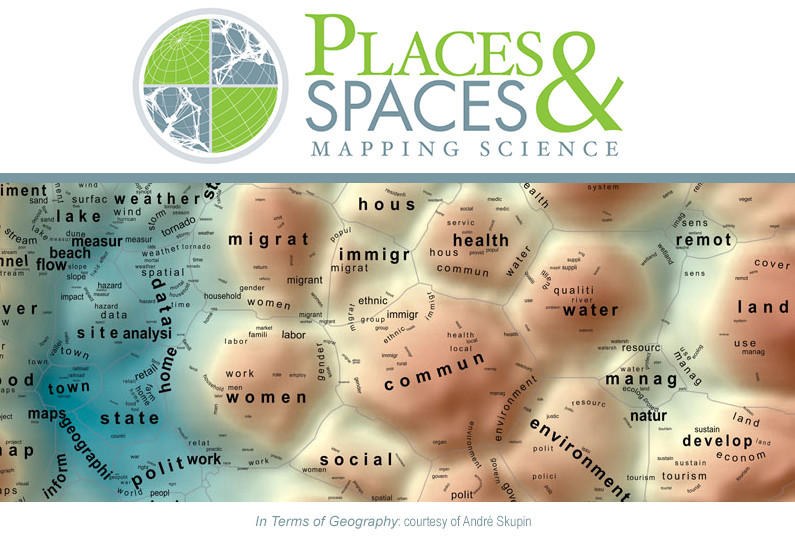You are here
Places & Spaces: Mapping Science

Data visualization is a powerful tool that helps both scientists and the public quickly understand the scope and context of complex health threats. In keeping with its commitment to public health education and disease prevention, the David J. Sencer CDC Museum is currently featuring the Places & Spaces: Mapping Science exhibition until June 17, 2016. The wide range of cross-disciplinary maps explores how to best track and communicate human activity and scientific progress on a global scale, showing how data visualization helps us confront some of the world’s most significant challenges.

Curated by the Cyberinfrastructure for Network Science Center at Indiana University, Places & Spaces: Mapping Science is presented by the David J. Sencer CDC Museum and CDC's Office of Public Health Scientific Services, with additional support from Thomson Reuters through the CDC Foundation. All of the maps on display can also be viewed online at scimaps.org.
Admission to the David J. Sencer CDC CDC Museum and parking are free, although parking may be limited. Visitors need a valid, U.S. government or state-issued photo ID. Vehicle inspection is required. The museum is open Monday – Friday, 9:00 a.m. – 5:00 p.m., with extended hours to 7:00 p.m. on Thursday and is closed on all federal holidays. For more information, visit the CDC museum website.
